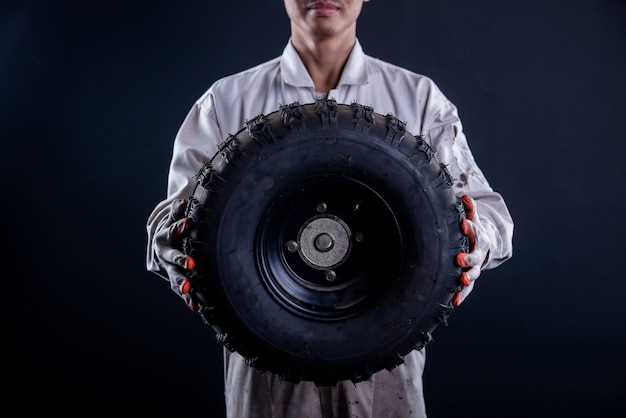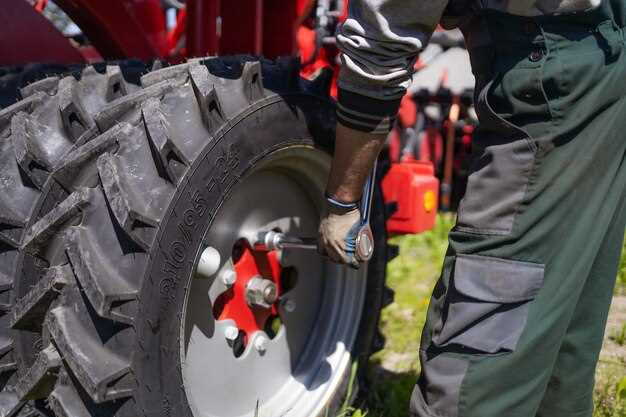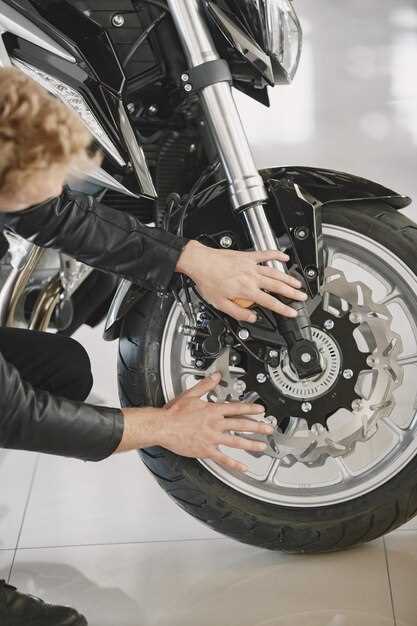
In the competitive world of motorsports, the performance and stability of a racer’s vehicle are paramount. One critical aspect that can significantly influence these factors is the choice and installation of wheels, particularly beadlock wheels. These wheels are specifically designed to secure the tire bead in place, preventing slippage during high-stress conditions.
Beadlock wheels provide a unique solution for racers who push their vehicles to the limits. By locking the tire bead to the rim, these wheels help maintain tire shape and contact with the track, which in turn enhances cornering stability and traction. This is especially crucial in off-road racing, where varying terrains and unpredictable conditions can challenge even the most skilled drivers.
Moreover, the installation of beadlock wheels can aid in tire pressure management. By allowing for lower tire pressures without the risk of separation, racers can improve grip and control, adapting more effectively to different racing surfaces. Understanding the advantages of beadlock technology and how it can optimize racing stability is essential for any serious competitor looking to gain an edge on the track.
Choosing the Right Beadlock Wheels for Your Race Type

Selecting the appropriate beadlock wheels for your racing setup is crucial for optimizing performance and ensuring stability during competition. Beadlock wheels are designed to securely hold the tire bead in place, preventing it from slipping off under high stress. This characteristic is particularly beneficial in various racing environments.
For Off-Road Racing: If you participate in off-road racing events such as rally or rock crawling, look for beadlock wheels that are robust and lightweight. These wheels should be made from durable materials to withstand rough terrains, while the beadlock design allows for lower tire pressures without the risk of dismounting. This enables better traction and increases overall grip on uneven surfaces.
For Circle Track Racing: In circle track racing, maintaining stability through sharp turns is essential. Choose beadlock wheels that provide a wider contact patch with the ground, enhancing cornering capabilities. Additionally, consider the weight of the wheels; lighter options will improve acceleration and handling, which are crucial for this type of racing.
For Drag Racing: For drag racing enthusiasts, the key is achieving maximum grip during the launch phase. Opt for beadlock wheels designed specifically for drag applications that can accommodate slick tires. This setup allows for optimal tire pressure adjustments, ensuring your tires maintain contact with the track surface during high-speed runs.
For Endurance Racing: If endurance racing is your focus, reliability is paramount. Select beadlock wheels that combine strength and weight efficiency. The ability to run lower tire pressures can enhance durability and grip over extended periods, thus supporting consistent performance throughout the race.
Ultimately, the right beadlock wheels depend heavily on your specific racing type and conditions. Always consider factors such as weight, durability, and design to suit your racing setup and achieve the best performance on the track.
Steps for Proper Tire Setup with Beadlock Wheels

Proper tire setup is essential for maximizing the performance of beadlock wheels in racing scenarios. Follow these steps for an optimal installation.
First, choose the right tire size and type that matches your racing requirements. Ensure compatibility between the tire and beadlock wheel dimensions to achieve a secure fit.
Next, clean the bead area of both the tire and the wheel thoroughly. Remove any debris, dirt, or residue to ensure a tight seal during installation. This step is crucial to prevent leaks and enhance performance.
Once the surfaces are clean, insert the tire onto the beadlock wheel. Align the tire bead with the beadlock ring, ensuring that the tire is evenly positioned around the wheel. Check for any misalignment as this can lead to uneven wear or performance issues.
After positioning the tire, begin bolting the beadlock ring onto the wheel. Tighten the bolts in a crisscross pattern to evenly distribute pressure and secure the tire in place. Follow the manufacturer’s specifications for torque settings to avoid over-tightening.
Once the ring is secured, inflate the tire to the recommended pressure. Monitor the tire closely during inflation; a properly set beadlock should hold the bead without any air leaks. Make adjustments as needed and check the bead seating visually.
Finally, perform a thorough inspection of the completed setup. Verify that all bolts are tightened to specifications and that the tire is seated correctly on the beadlock. Regularly check the setup, especially before races, to ensure optimal performance and safety.
Tuning Suspension Settings to Complement Beadlock Installation
When upgrading to beadlock wheels, optimizing your suspension setup is essential for achieving maximum performance. Beadlock wheels provide enhanced tire security, particularly in off-road conditions, allowing for lower tire pressures without the risk of dismounting. To complement this increased grip and stability, tuning your suspension settings becomes critical.
Start by adjusting the shock absorbers to better match the characteristics of your new tire setup. Softer damping settings can allow for more flexibility in tire movement, enhancing contact with the terrain. Conversely, if driving on hard-packed surfaces, firmer settings may prevent excessive body roll and improve cornering stability.
Next, consider the ride height. Lowering or raising the suspension can significantly impact handling dynamics. A lower center of gravity typically enhances stability during high-speed maneuvers, while a slight lift can improve ground clearance, helping to prevent tire damage during rugged off-road conditions.
Spring rates should also be evaluated. Softer springs can work effectively in conjunction with beadlock tires, as they allow the tire to deform more readily, increasing surface contact. However, if your setup includes heavier components, such as larger tires or reinforced chassis parts, stiffer springs may be necessary to maintain ride height and handling precision.
Finally, don’t overlook alignment adjustments. Proper camber and toe settings can vastly influence how tires interact with the surface. A slight negative camber can enhance cornering grip, while adjusting the toe angle can improve straight-line stability. Fine-tuning these settings in conjunction with your beadlock wheel installation will result in a well-balanced setup, maximizing both stability and performance on various terrains.




